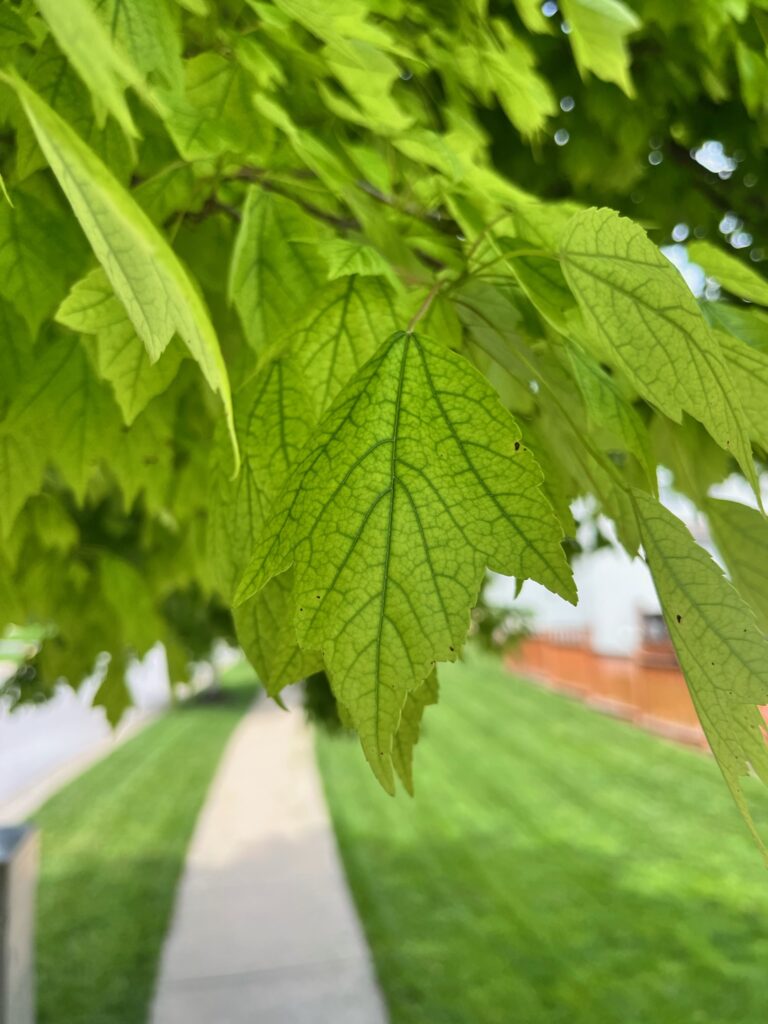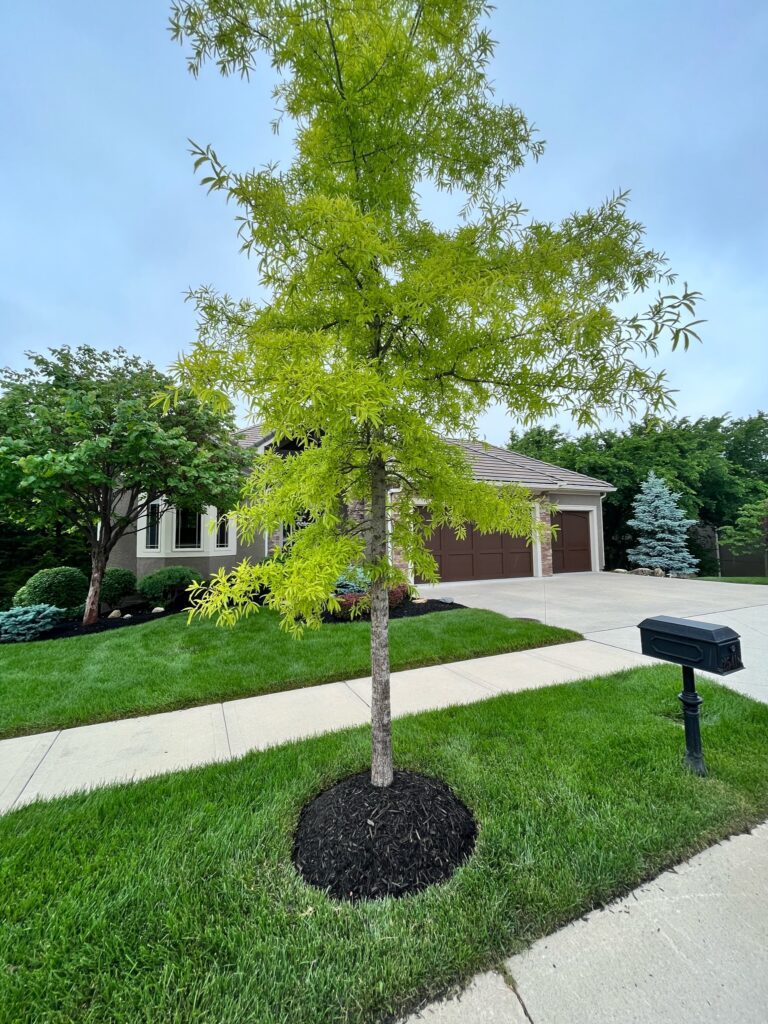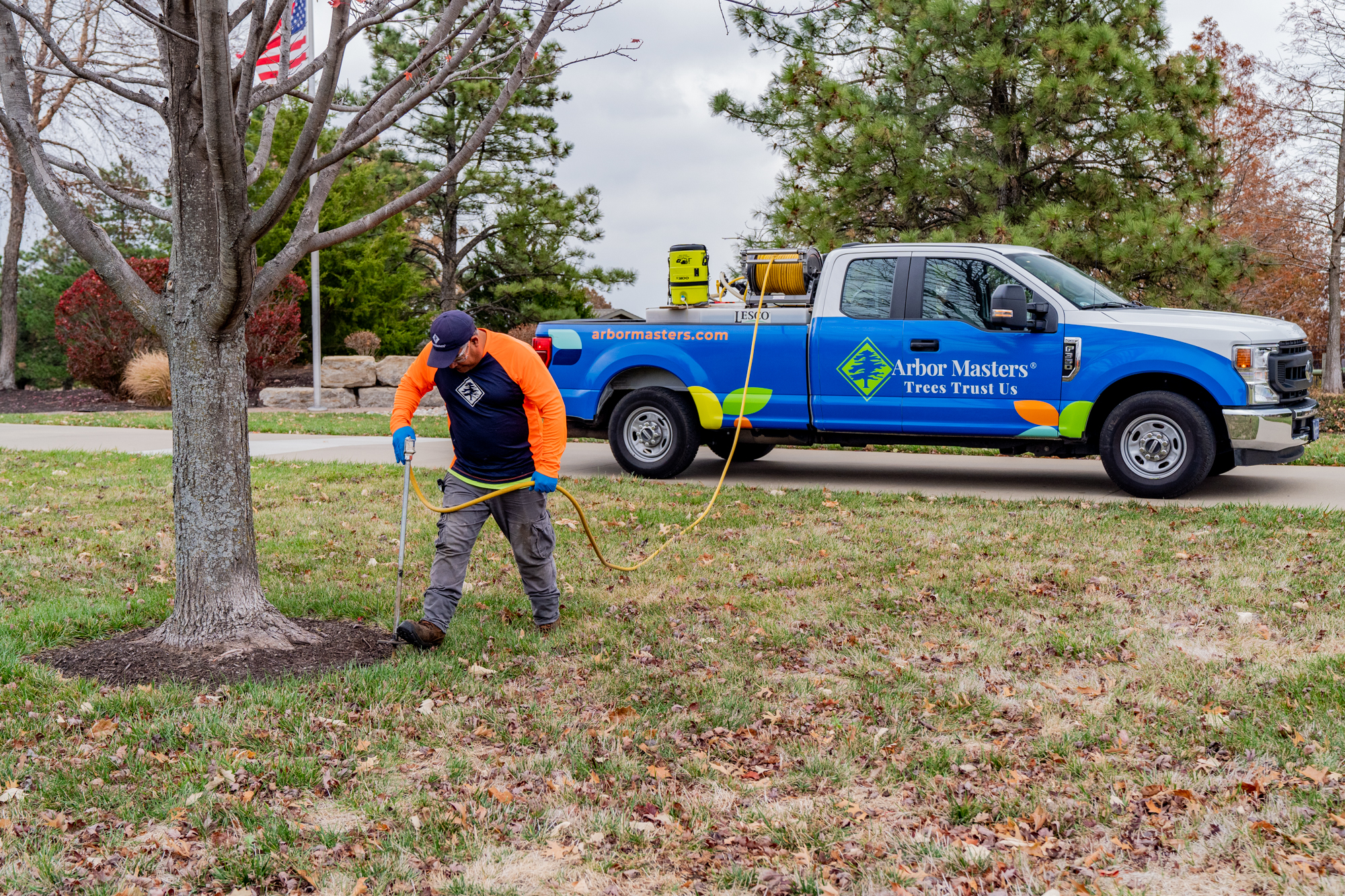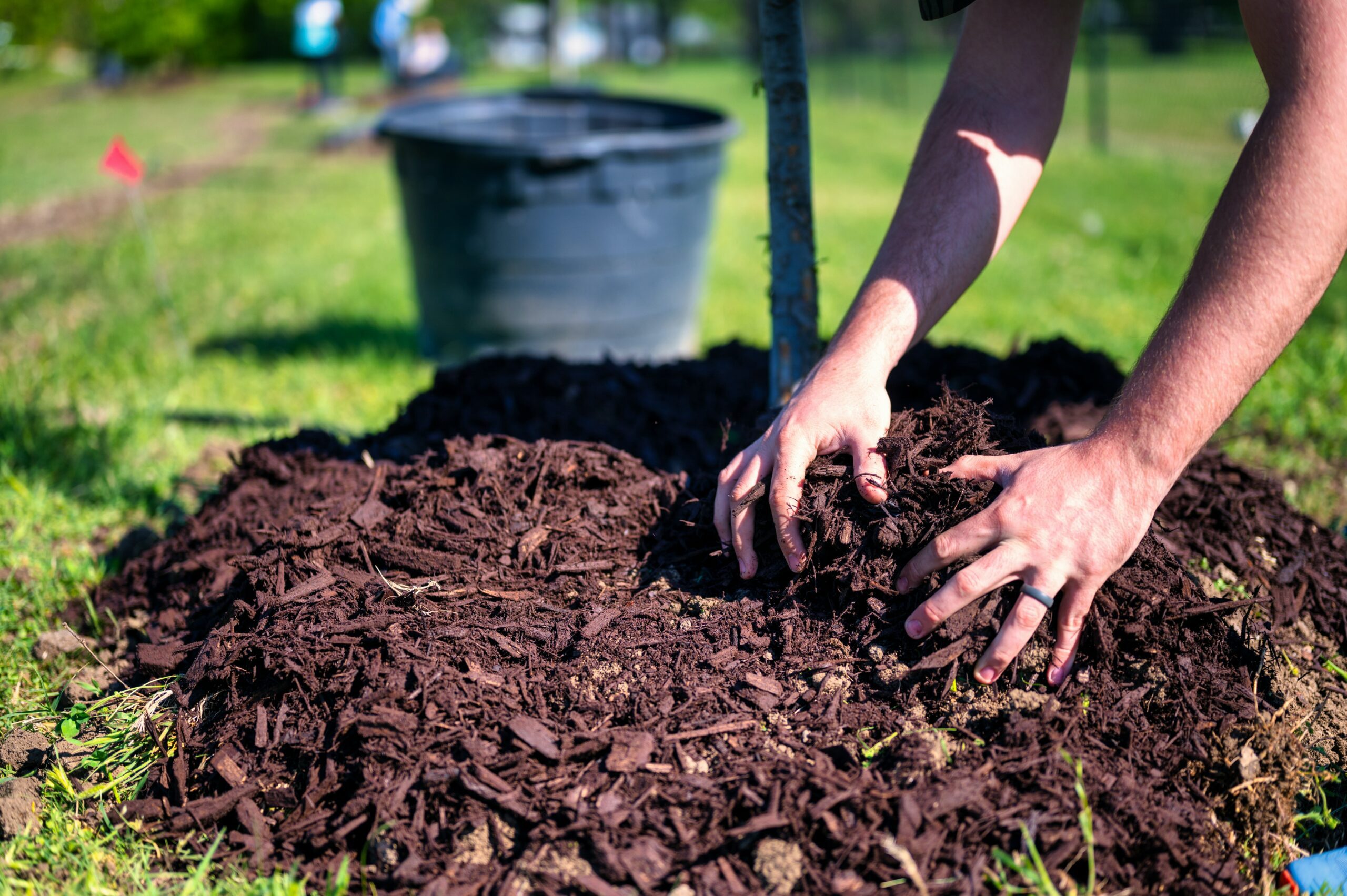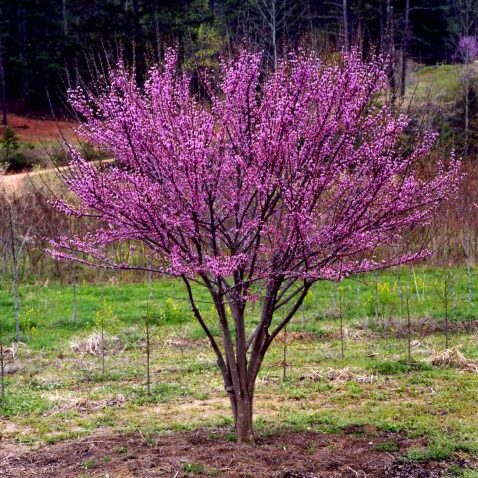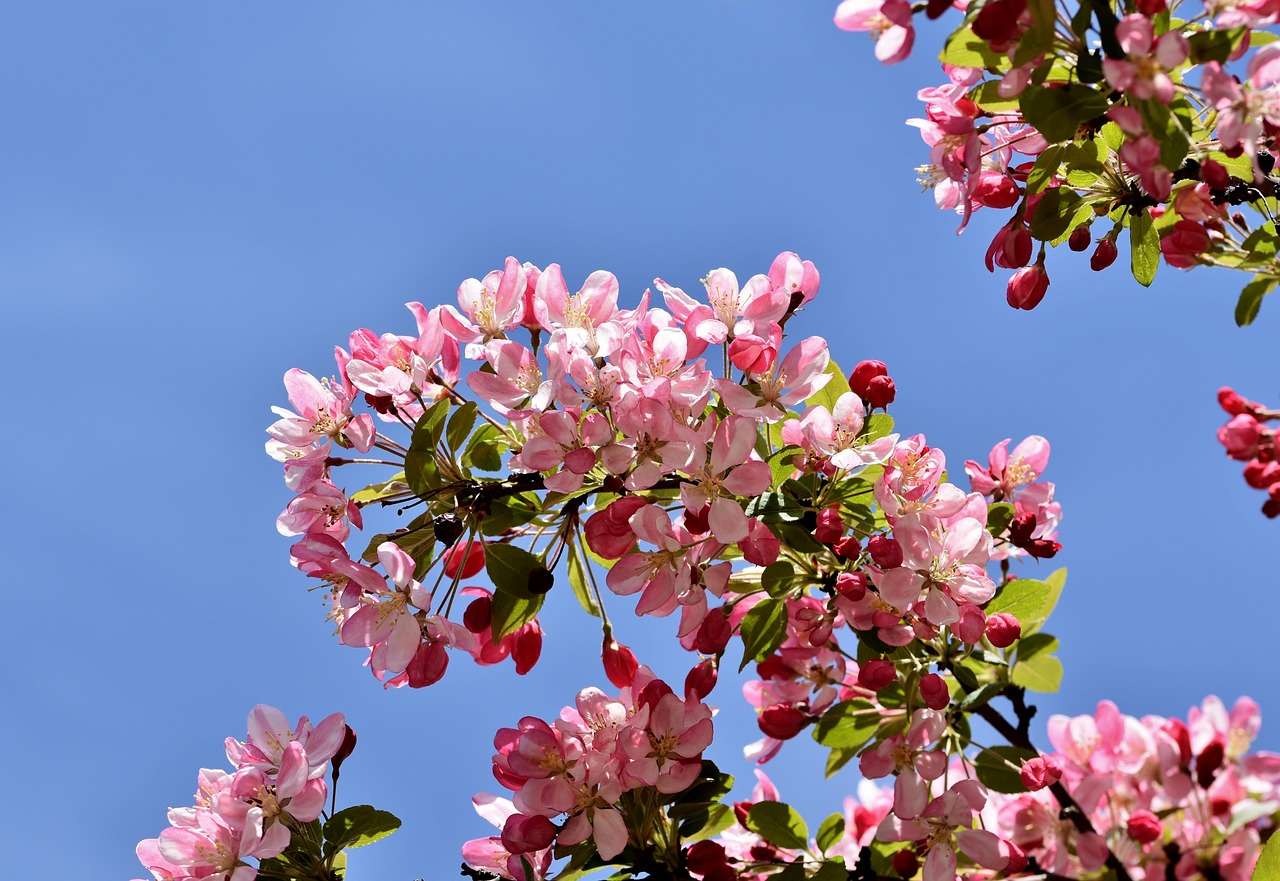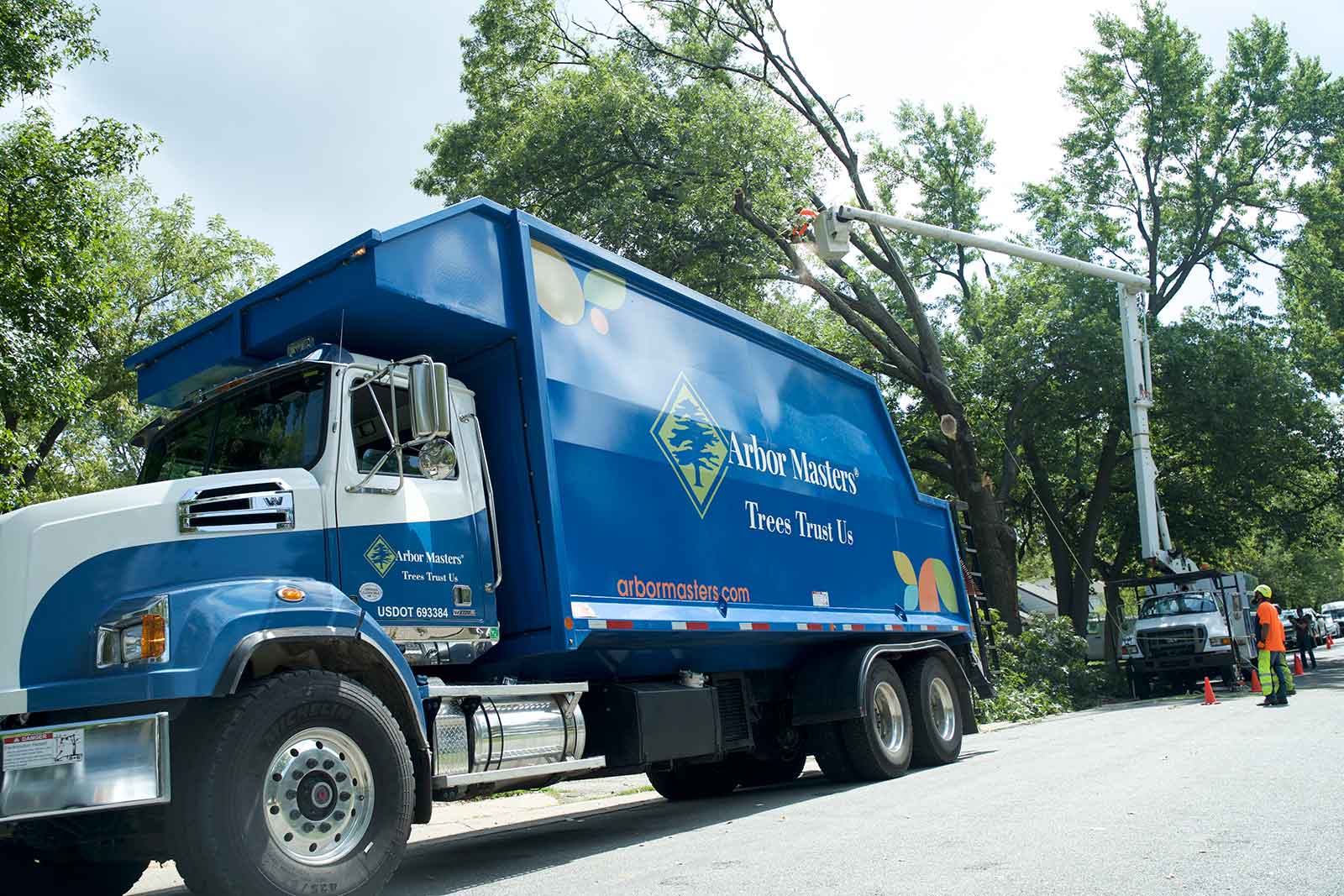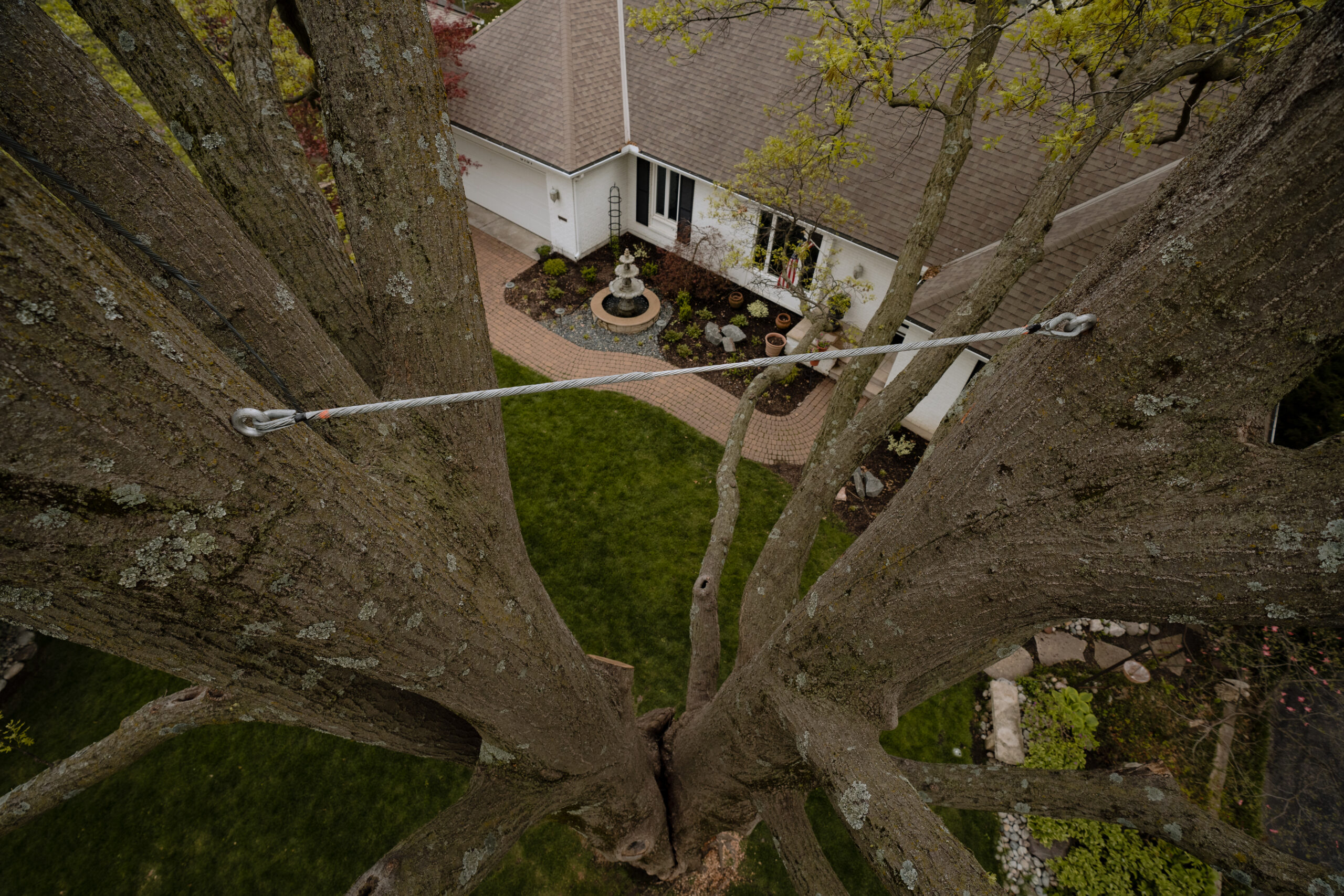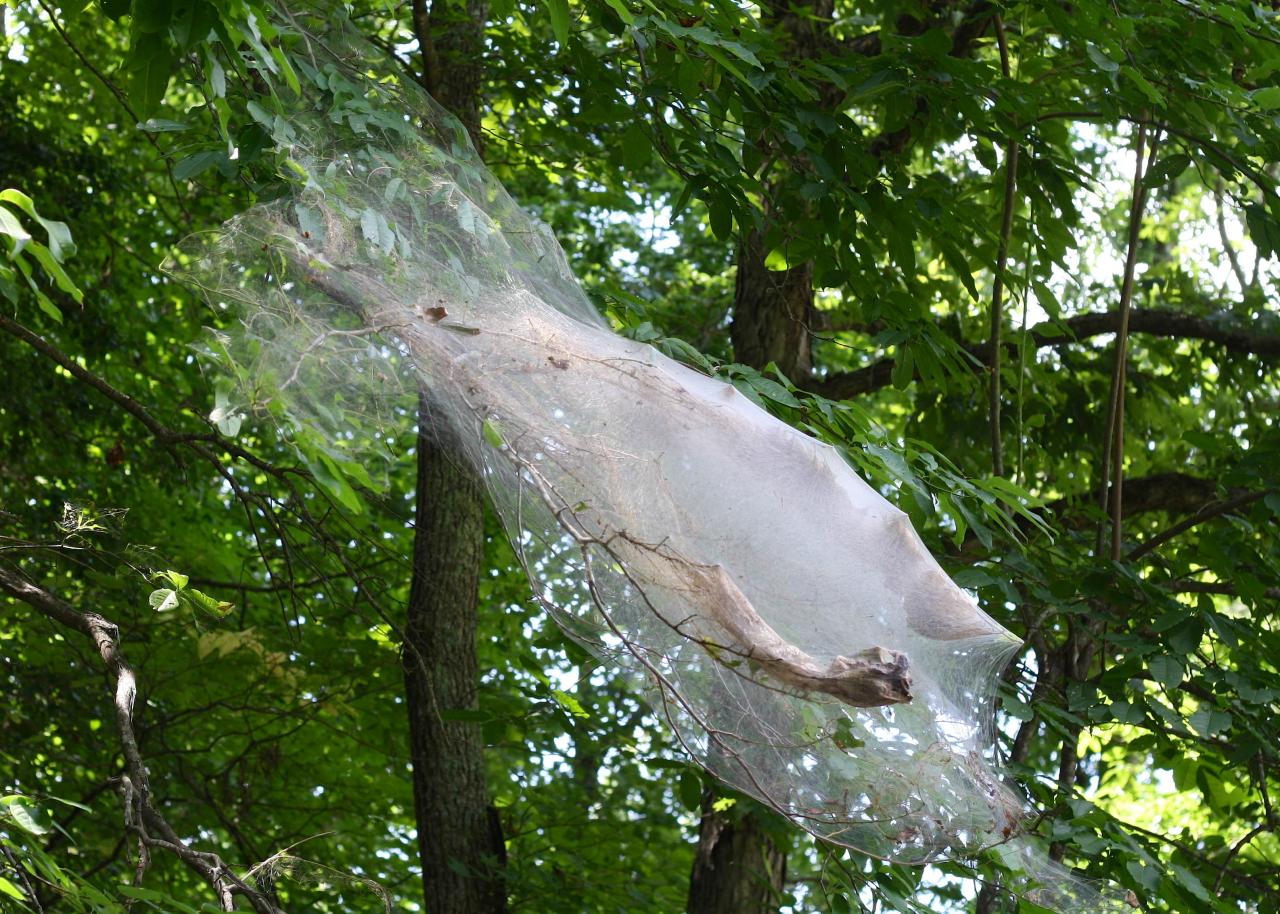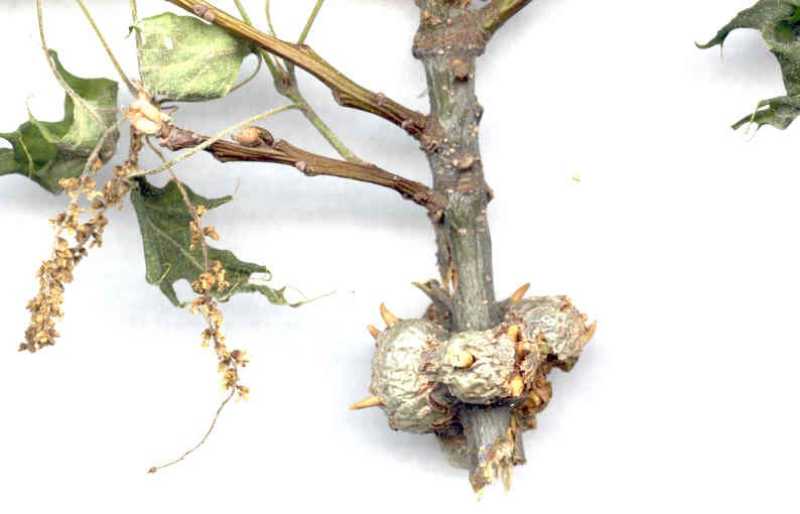Iron chlorosis is a condition of trees and shrubs caused by an iron deficiency. It can be very damaging to plants and trees on your property, leading to significant losses in growth, vigor, productivity, and sometimes even death. However, with proper diagnosis and treatment from a qualified arborist, it is possible to prevent or reverse the effects of this condition. By understanding iron chlorosis and its treatments, your trees can remain healthy for years to come.
What is Iron Chlorosis?
Iron chlorosis is a condition that can impact a broad variety of trees and shrubs in the landscape. Insufficient chlorophyll in foliage of trees and other plants causes yellowing leaves. Yellow leaves indicate reduced chlorophyll levels, the green pigment responsible for photosynthesis. Yellow leaves can be a symptom of multiple conditions from temperature extremes to insect/disease pressure but very commonly a tree with yellowing leaves is struggling to get the iron it needs.
In severe cases, the entire leaf may turn yellow or white, and the outer edges may scorch and turn brown as the plant cells die. It is common for only a specific branch or one side of a tree to exhibit chlorosis while the rest of the tree appears unaffected.
Identifying the Enemy
Leaf yellowing is commonly observed on new growth, which may also exhibit stunted development. Veins remain green but the interveinal tissue becomes yellow, from mild to, if severe, almost white. Leaf edges may also appear scorched. Twigs and branches may experience slowed growth, while the plants may fail to produce flowers or bear fruit. The most common affected species include pin oak, sweet gum, white pine, and birch.
Additional but less commonly susceptible trees and shrubs include:
- Maples (red, sugar, Amur, or silver)
- Other oaks (swamp white, northern red)
- Walnut, sycamore, cottonwood, poplar, and bald cypress
- Fruiting and ornamentals: cherry, apple, some crabapple cultivars, ornamental pear, blueberries, black berries, dogwood, magnolia, rhododendron, azalea
- Evergreens: arborvitae, holly, Japanese yew, and red cedar
The Root Cause
Chlorosis may sound like a simple mineral deficiency problem in the soil, but it’s often a pH issue. The accessibility of iron depends on multiple factors associated with the pH level of the soil. Clay soil, a common setting for trees in built environments, may not be deficient in iron. It may be alkaline, with a soil pH of 7 or more, in which iron is bound in the soil and unavailable for chlorophyll production. Plants growing in highly alkaline soils are susceptible to chlorosis, as their roots struggle to absorb sufficient iron.
Besides soil pH, various environmental factors can influence the bioavailability of metals in plants. Among these factors are nutrient deficiencies. Elevated levels of phosphorus, nitrogen, and potassium can also create an imbalance in soil chemistry, leading to iron chlorosis.
How to Treat Iron Chlorosis
Although often a symptom of a larger iron deficiency in the soil, iron chlorosis can be managed in your trees. At Arbor Masters, we specialize in comprehensive plant health care. We protect trees from diseases, pests or whatever else may strike. We offer multiple treatments, from overall soil improvement to more direct application for mineral deficiency, depending on the severity of the condition. Our team of specially trained arborists will evaluate your tree’s condition and your soil to determine the best course of treatment.
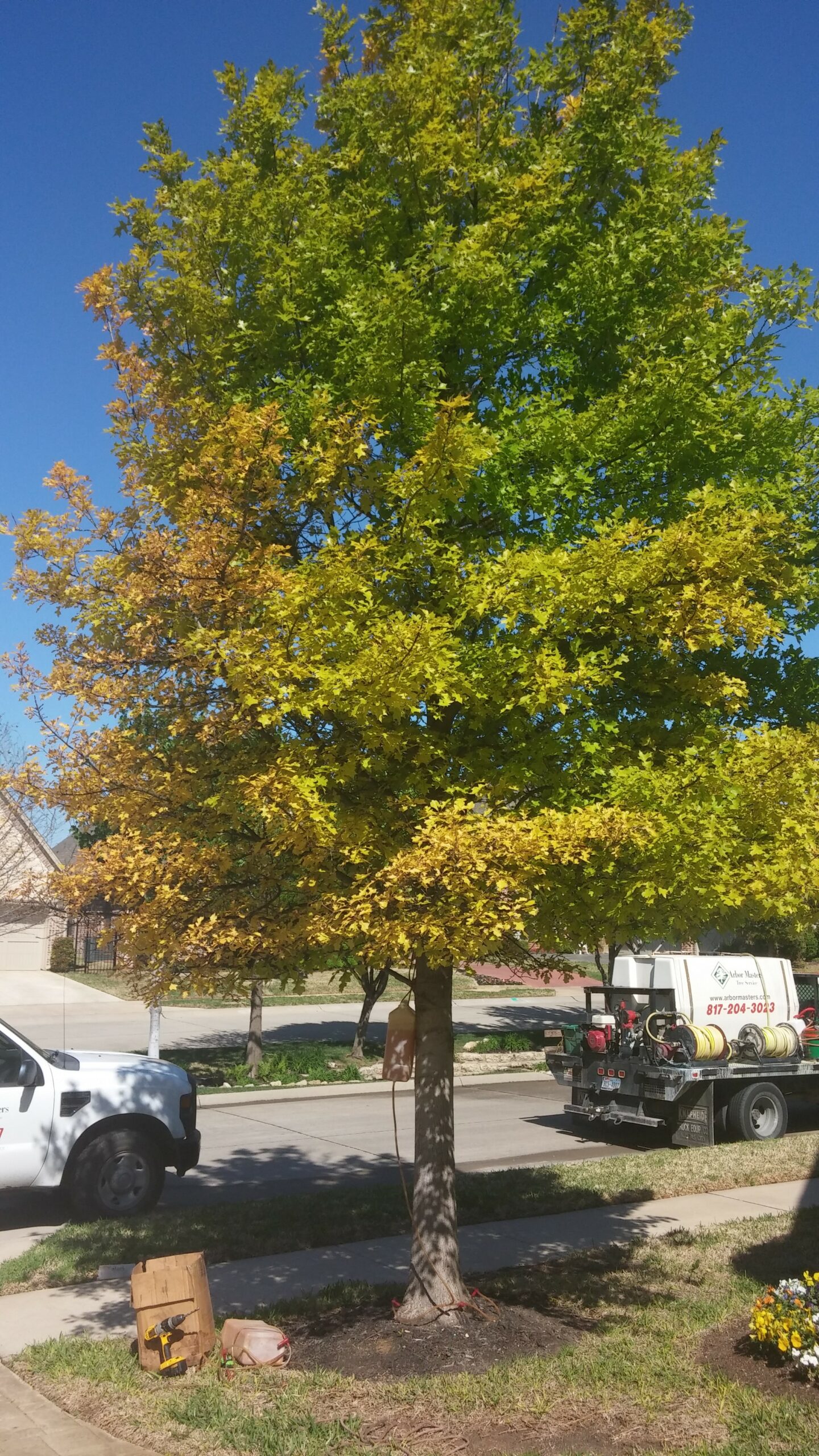

Prevention is Key: Strategies to Avoid Iron Chlorosis
Adding compost or other organic matter can also help improve the soil’s structure and nutrient content. Researching the specific requirements of each tree species in your garden can also help you ensure they’re getting everything they need for optimal health.
Iron chlorosis is a potentially devastating condition that can lead to tree mortality if left untreated. Learning to recognize its symptoms, understanding what triggers it, and taking proactive steps for prevention are essential in keeping your trees healthy and vigorous. With regular care and preventive measures, you can protect your trees from iron chlorosis and keep them strong for many years to come.
If you think your tree has iron chlorosis, contact us today to have an arborist diagnose your trees and discuss how to help them thrive. Contact Arbor Masters to get started on your comprehensive tree healthcare today.


